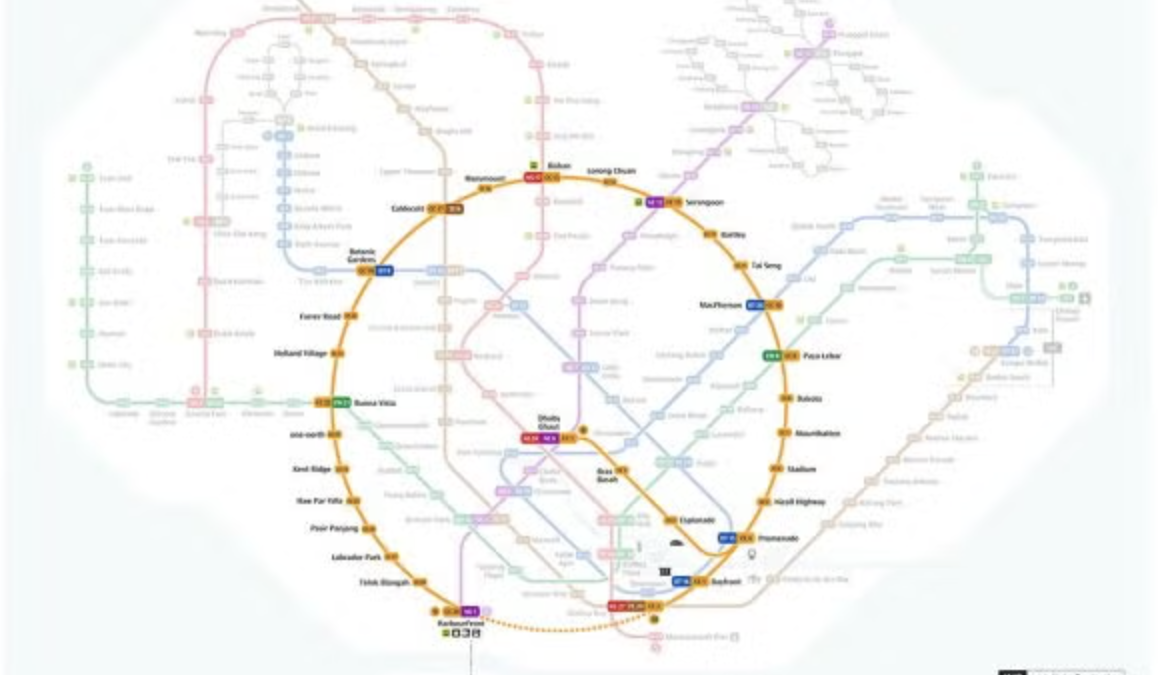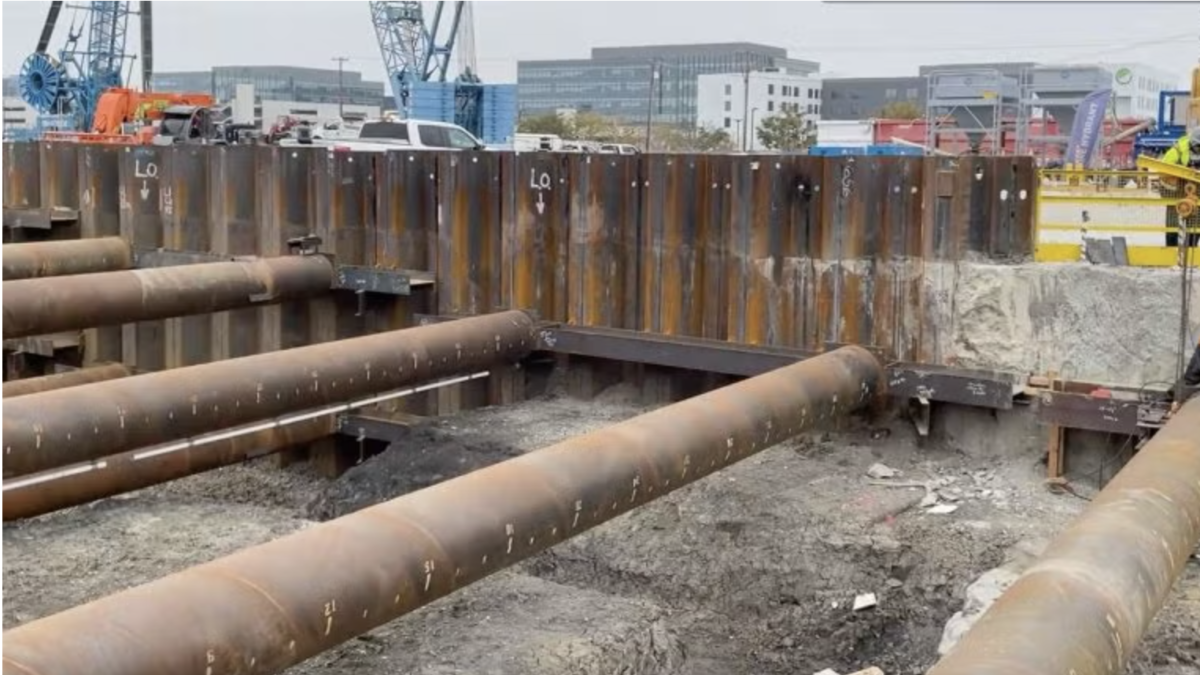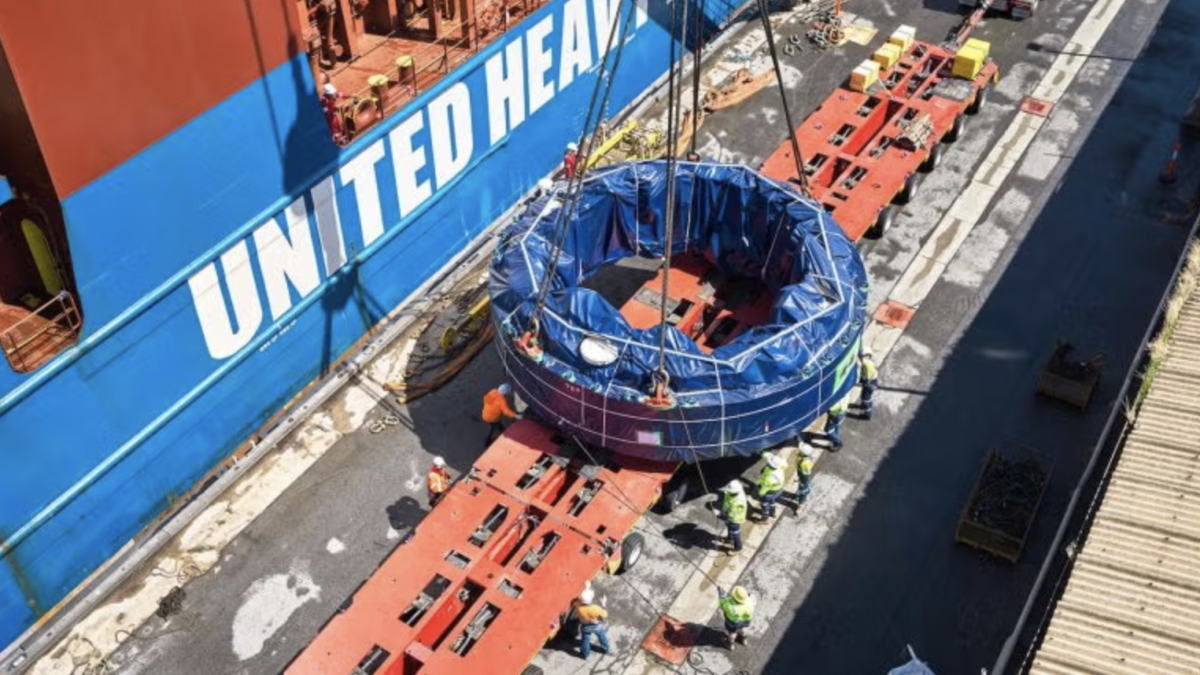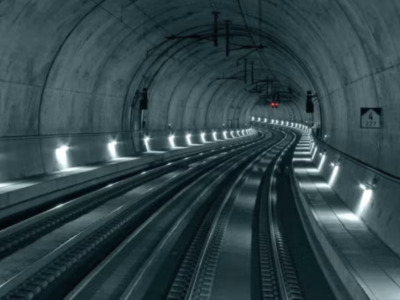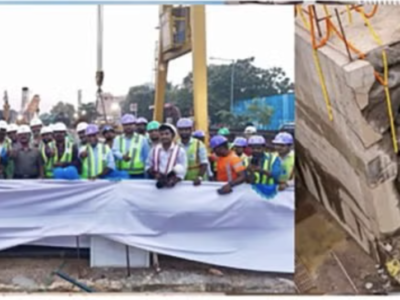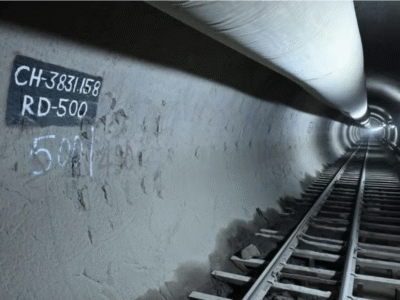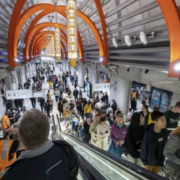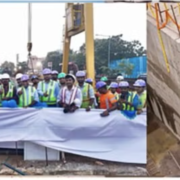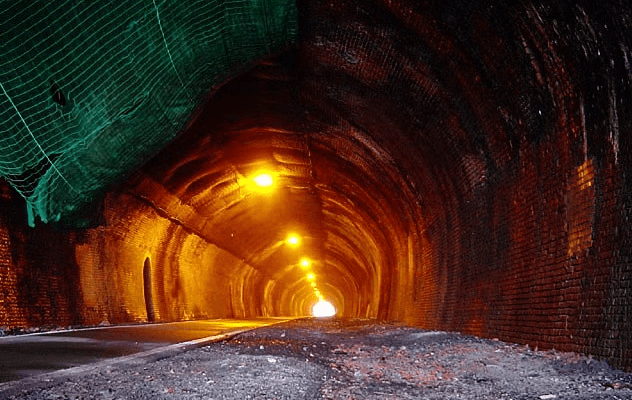
The third longest railway tunnel in India linking the under-construction Vizhinjam International Seaport being generated by the Adani Port with the railway mainline at Balaramapuram near Thiruvananthapuram will employ the New Austrian Tunnelling Method (NATM) for launching the tunneling works.
The work planned to start in January will take 36 months for tunneling work completion alone, plus three months of initial installation work and another three months for track lining and commissioning, taking a total of 42 months for the complete work.
The country’s most considerable 12.75 km long railway tunnel (T-49) is constructed as part of the Udhampur-Srinagar-Baramula Rail Link (USBRL) project, reaching the 11.2-km long Pir Panjal Tunnel on the Banihal-Qazigund section.
Vizhinjam International Seaport Limited (VISL) which is executing the Vizhinjam deep water multipurpose seaport on a PPP basis, instead of using the costly TBM (tunnel boring machine), adopted the cost-effective NATM method, which uses a modern drilling and blasting technique.
The cross-section profile of the single-line broad gauge railway tunnel will possibly be horseshoe-shaped. By employing the NATM method, the authorities are scheduling to do the tunneling works in three or four phases simultaneously.
Additionally, by adopting this method, TBMs to be pressed in for tunneling work can be switched inside the tube at any point in time. Moreover, the excavated boulders and soils can also be reused for construction aims to a greater extent.
The tunnel is 9.02 km long and 25-30 meters deep under the ground and is expected to not be a daunting task for the authorities, as the examination of the soil strata reveals soft rock, weathered rock, and silt along the route.
Nonetheless, underground aquifers prone to flooding are possible as Vellayani Lake is close to the route. Once completed, the rakes from the Vizhinajm port can pass via the tunnel in only 36 minutes with an average speed of 15-30 km/h.
The ₹1,120 crore project needs 6.431 ha to link the port with Balaramapuram halting station, with a total length of 10.7 km. As reported, Balaramapuram halting station will be advanced as a connecting station, and VISL will provide the required cost of the project. The construction will be on Non-Governmental Railway (NGR) model that secures private sector participation to deliver last-mile connectivity. Recently, the State has given the nod to sign an agreement with Southern Railways for building the line under the NGR model.
The National Bank for Agriculture and Rural Development (NABARD) funded the work. VISL had already joined an agreement with Konkan Railway Corporation Ltd which is the implementing agency, in 2018.
Though the Vizhinjam port had acquired Environmental Clearance, the State has given an application to amend it as the rail connectivity to the port was then conceived over the surface.
In the wake of the change in the construction model, the State has now requested the Central Institute of Mining and Fuel Research, Dhanbad, to hold a study of the underground tunnel project and present a report in one month.


